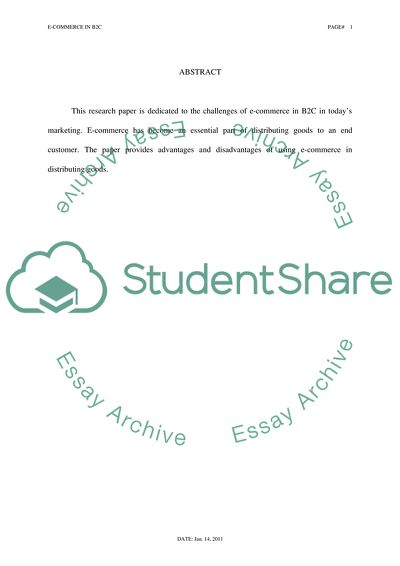Cite this document
(The Challenges of E-Commerce in B2C in Modern Marketing Research Paper - 1, n.d.)
The Challenges of E-Commerce in B2C in Modern Marketing Research Paper - 1. Retrieved from https://studentshare.org/e-commerce/1747922-the-issue-and-challenge-of-e-commerce-in-b2c-business
The Challenges of E-Commerce in B2C in Modern Marketing Research Paper - 1. Retrieved from https://studentshare.org/e-commerce/1747922-the-issue-and-challenge-of-e-commerce-in-b2c-business
(The Challenges of E-Commerce in B2C in Modern Marketing Research Paper - 1)
The Challenges of E-Commerce in B2C in Modern Marketing Research Paper - 1. https://studentshare.org/e-commerce/1747922-the-issue-and-challenge-of-e-commerce-in-b2c-business.
The Challenges of E-Commerce in B2C in Modern Marketing Research Paper - 1. https://studentshare.org/e-commerce/1747922-the-issue-and-challenge-of-e-commerce-in-b2c-business.
“The Challenges of E-Commerce in B2C in Modern Marketing Research Paper - 1”, n.d. https://studentshare.org/e-commerce/1747922-the-issue-and-challenge-of-e-commerce-in-b2c-business.


